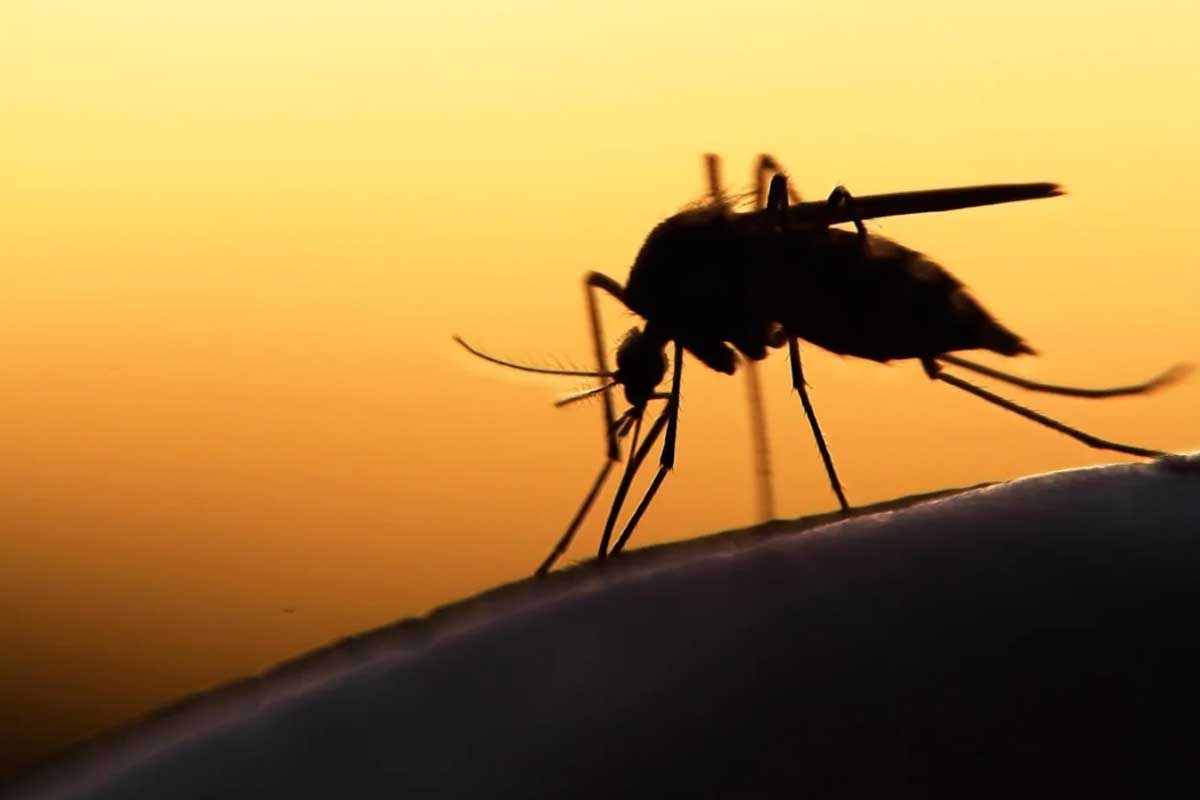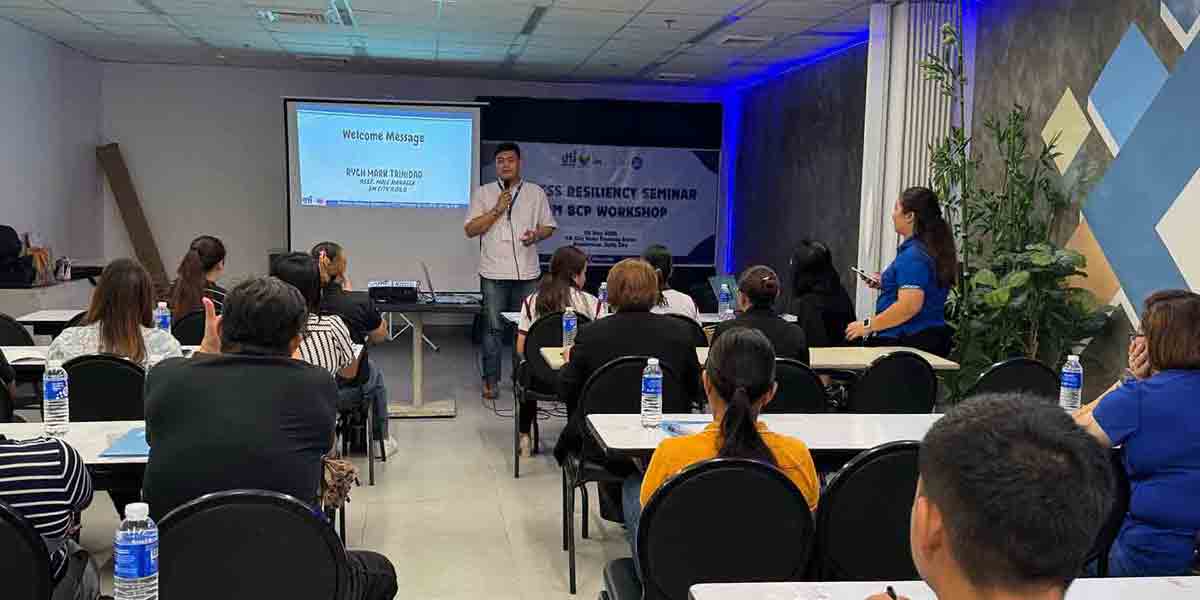
By Joseph Bernard A. Marzan
The Japanese encephalitis virus (JEV) has been spreading in the region lately, but the Department of Health-Western Visayas Center for Health Development (DOH-WVCHD) on Monday said that declaring an outbreak of the disease would be premature at this time.
Dr. Mary Jane Roches Juanico-Esteva, the new head of the regional office’s Regional Epidemiological Surveillance Unit (RESU), said they have sent 256 specimens for Japanese encephalitis as of May 27.
But only specimens from January to early March are being tested so far, due to limited testing supply at the DOH central office.
The Western Visayas Medical Center functions as the region’s sub-national laboratory for the disease.
The DOH-WV CHD has received only 25 confirmations of Japanese encephalitis so far – 12 from Iloilo province, 7 from Antique, 5 from Capiz, and 1 from Iloilo City.
Four of the cases from Iloilo province have already been reported as deaths, with one each from Barotac Nuevo, Barotac Viejo, Leganes, and Lemery towns.
Despite the gradual spread of the disease in local public health, Esteva said there are no other factors or declarations so far that will merit the declaration of an outbreak.
She said that one indicator is the presence of related clinical illnesses, either Acute Meningitis Encephalitis Syndrome or Acute Encephalitis Syndrome, with symptoms including fever, fatigue, changes in the sensorium, etc.
“As of now, we couldn’t label any outbreak of Japanese encephalitis because there have been no further declarations. We know that this has been existing, but we are very fortunate to have a laboratory here to test,” she said.
At present, the usual treatment for Japanese encephalitis is like that of convulsion or fever, depending on the symptoms present during infection, with antibiotics to be given in cases of secondary infections.
The regional office said in a June 20 press release that it has distributed “vector control” materials, including 550 rolls of long-lasting insecticide-treated screens, 4,480 nets of long-lasting insecticide-treated nets, 1,480 sachets of indoor residual spray, 22,222 sachets of larvicides, and 259 insecticide bottles.
Esteva said Japanese encephalitis is similar to dengue that if left untreated or if treatment was unsupported, could be fatal.
“If not treated or if treatment is unsupported, it has been documented that for Japanese encephalitis, 20 to 30 percent of cases end up dying. This is compared to dengue, where if we support treatment, the prognosis gets better, unless we catch the patient with delayed treatment,” she said.
The Japanese encephalitis virus, like other diseases such as dengue and West Nile, is a vector-borne pathogen carried by mosquitoes, particularly Culex tritaeniorhynchus species, which mostly thrive in rice paddies, tall grasses, and poultry care areas.
Initial symptoms include fever, headache, and vomiting, and the United States of America’s Center for Disease Control and Protection states that mental status changes, neurologic symptoms, weakness, and movement disorders might develop over the next few days, with seizures also being common, especially among infected children.
Testing for the virus involves extraction of the blood and the cerebrospinal fluid (CSF) – the clear, colorless, watery fluid that flows in and around the brain and spinal cord that assists in the coordination between brain and bodily activities.
But this disease is only emergent in rainy seasons, unlike dengue which has been a year-round infection.






















